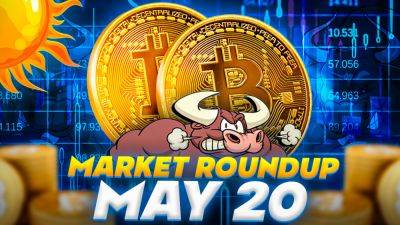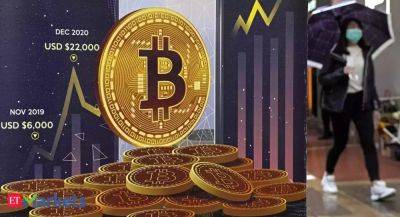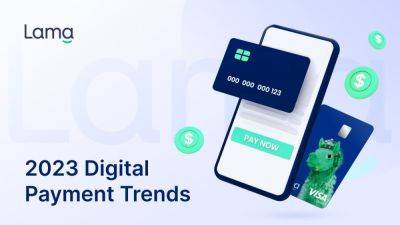What’s next for NFTs and Web3 in the age of the creator economy?
A recent report from The Influencer’s Club suggests that the creator economy was worth over $100 billion in 2022 and continues growing. Recent trends appear to back this up, with YouTube expanding to Shorts, TikTok’s launch of Pulse and Facebook pushing content with Reels.
The creator economy is expanding in other ways too, with the use of artificial intelligence tools like ChatGPT and DALL-E to generate content, the rise of live streaming platforms like Twitch and growing interest in podcasting.
However, creators face a number of challenges that will likely become more severe as the economy grows. One of the major problems is that creators often find themselves locked in centralized platforms such as Instagram and YouTube, held hostage by algorithms that determine the reach of their content. Meanwhile, the vast majority of creators struggle to generate much income from their work.
With the emergence of Web3 technologies like cryptocurrency and non-fungible tokens, creators have an opportunity to break free of their reliance on centralized platforms, gain full control of the content they create and establish direct relationships with their fans.
The creator economy owes its existence to the Web2 era. Web2 saw the rise of platforms like Facebook, TikTok and Instagram, the concepts of blog posts and podcasts, giving people a way to generate their own content. With Web3, creators now have a fairer ecosystem that allows them to become masters of their own destinies.
The advantage of Web3 is that it grants users ownership of their data. Creators will be able to treat their data as their own personal property and be paid for whatever content they create, and others consume. We have already seen NFTs used to record who owns a
Read more on cointelegraph.com















